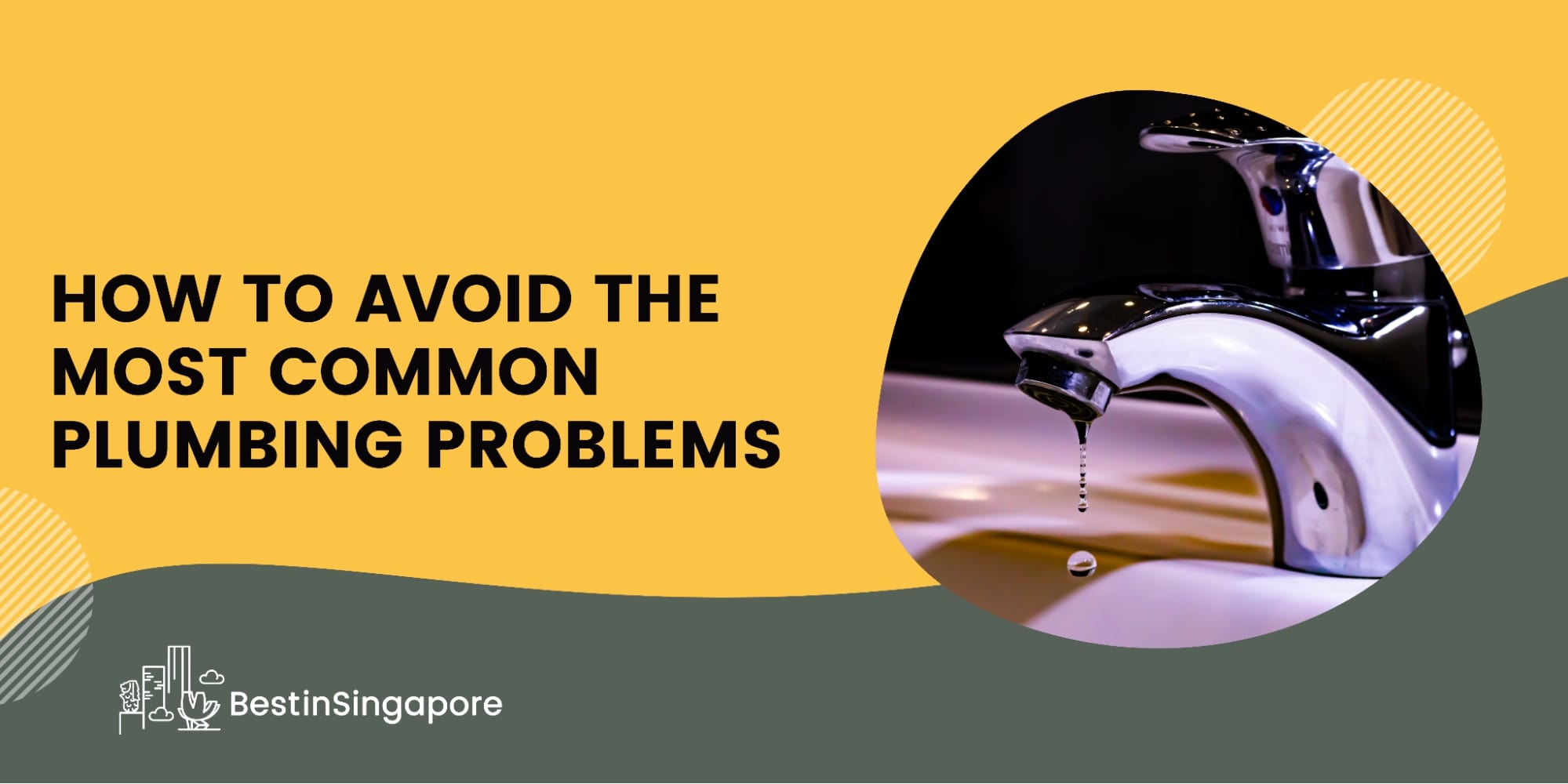5 Common Plumbing Issues and the Ways to Avoid Them
For a plumbing system to function well, each component should be installed and maintained properly. However, no matter how well you maintain it, you may still have to deal with issues and repairs from time to time.
For this reason, knowing when to take the DIY route and when to hire a plumber can be an excellent advantage. On that note, we created this simple guide to common plumbing issues and the ways to avoid them.
Faulty Faucets
Although a faulty faucet is more of a nuisance than a plumbing emergency, the leaks and drips can still damage fixtures in your house like kitchen cabinets or cause you a high water bill in the long run.
Fortunately, a leaking faucet is relatively easy to spot. Aside from seeing the water leak from the faucet even if you turn it off, you can also usually hear the drips even if you are in the next room.
On the flip side, avoiding a leaky faucet is like avoiding roof repair or door repair. In short, it’s hard because the problem bound to happen over time.
Daily wear and tear is the common cause of this so if you want to prolong the lifespan of your faucet and avoid buying replacements in hardware stores, make sure to turn it on and off slowly.
Doing so can help lessen the pressure on the faucet’s handles and prevent early deterioration of its internal washer and o-rings.
Leaky Pipes
Leaks on kitchen or bathroom plumbing pipes can be a bit hard to spot, so most of the time, homeowners hire a plumber to carry out a thorough inspection. In addition to that, if the damage is extensive, you might have to opt for a total kitchen renovation or toilet renovation project.
These leaks are frequently caused by other plumbing issues like clogs, corrosion, cracked seals, or incorrect pipe laying.
It’s best to note that even the highest-quality pipes can sustain damage over time, so it’s essential to know the ways how to prevent this from happening. Here are some tips to prevent having leaky pipes.
- Inspect your plumbing pipes and tighten loose fittings.
- Seal the joints and the gaskets.
- Schedule a professional inspection at least once a year.
Clogged Drains and Toilets
Clogged drains and toilets are also among the common plumbing problems most households experience.
If you have a clogged drain, you can observe that the water is backing up as you empty your sink or when you take a shower. On the other hand, if you have a clogged toilet, the water from the toilet bowl backs up or overflows.
To avoid having a clogged drain or toilet, don’t treat your drains and toilets as if they’re trash cans. For example, items like feminine hygiene products shouldn’t be flushed on toilets because it doesn’t easily dissolve like toilet paper and can therefore clog plumbing lines.
Water Heater Problems
Problems with water heaters are also easy to spot. Many homeowners complain about faulty temperature and pressure, leaky plumbing connections, and damaged heaters.
Bear in mind that most water heater repairs require the help of a plumber, handyman, or electrician because the process can be complicated. To avoid serious water heater issues, we recommend that you check your heater’s water valve and tank regularly to see if there are any drips or leaks around it.
Low Water Pressure
If your house has an outdated plumbing system, low water pressure can be one of the plumbing issues you’ll probably deal with. Leaky pipes and mineral buildup in showerheads, aerators, or pipes are frequently the culprits of this problem.
Well, if you have an outdated plumbing system, upgrading it is the best way to avoid future plumbing issues and repairs. Moreover, you can also install a filtration system to prevent calcium and mineral buildup.


